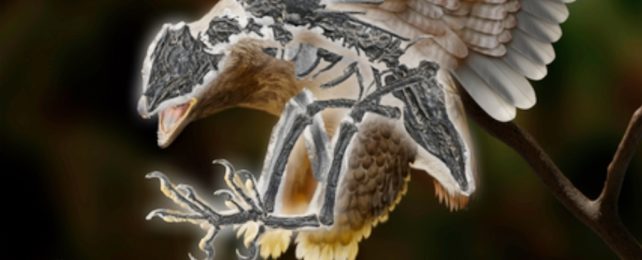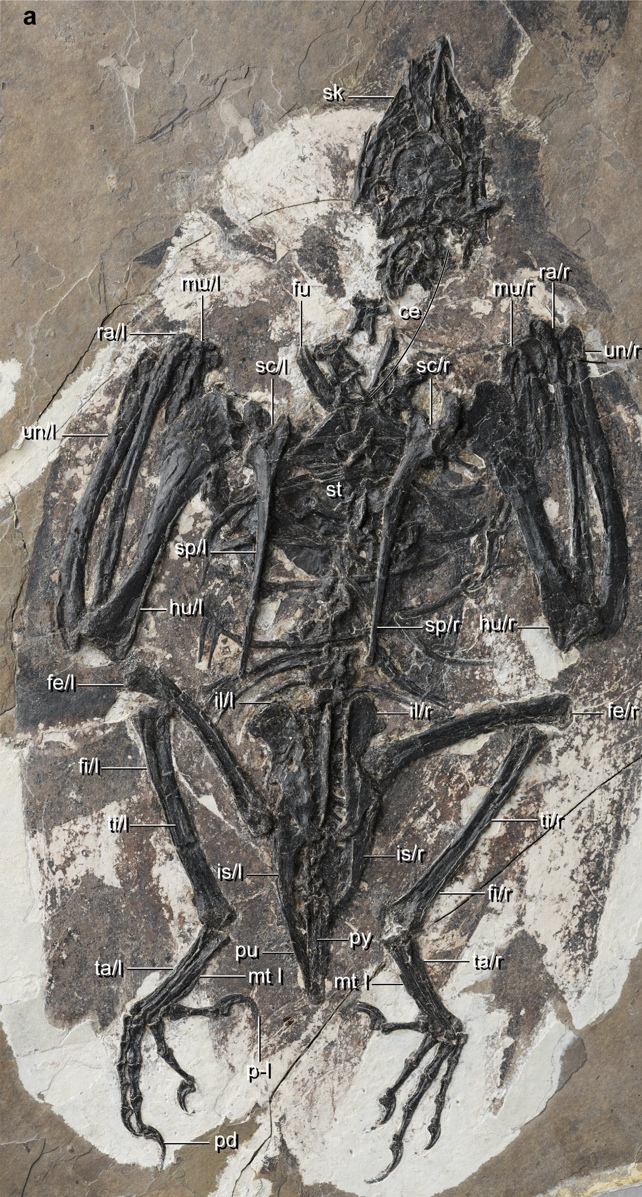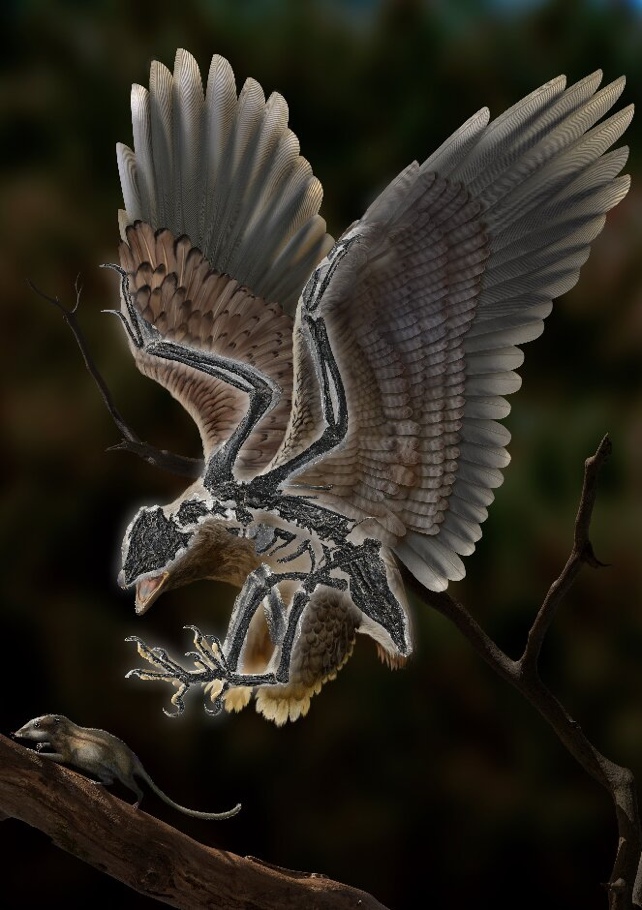
We can confidently say that birds are dinosaur descendants, though paleontologists are still puzzled as to how this incredible evolutionary event occurred.
Now a complete fossilized skeleton of a bird that lived in what is today China around 120 million years ago might help clarify key steps in the transformation process, presenting with a more archaic, dinosaur-like head atop a body that has more in common with modern birds.
The transition from dinosaur to bird includes some of the most dramatic changes in shape, function, and environment, which ultimately led to the body plan that is typical of today’s birds.
Some of those shifting features can stiil be seen in the way modern birds develop. But the order in which these changes occurred, and the nature of the evolutionary pressures that gave rise to strictly avian characteristics, is still open for debate.

The fascinating, newly found fossil, named Cratonavis zhui, may provide important insights into the evolution of modern birds.
Researchers discovered the body print of Cratonavis, the bird with a dinosaur head, during excavations conducted in northern China.
Body prints of feathered dinosaurs and early birds, including confuciusornis sanctus, have been discovered in this region, in sedimentary rocks formed about 120 million years ago, during the cretaceuos period.
Led by paleontologist Zhou Zhonghe from the Chinese Academy of Sciences (CAS), the scientists began their investigation of the fossil skull with high-resolution computed tomography (CT) scanning.
Using the digital versions of the mineralized bones, the team reconstructed the shape and function of the skull as it was during the bird’s life.

The result shows that the shape of the Cratonavis skull is almost the same as that of dinosaurs like tyrannosaurus rex and not like a bird’s.
“The primitive cranial features speak to the fact that most Cretaceous birds such as Cratonavis could not move their upper bill independently with respect to the braincase and lower jaw, a functional innovation widely distributed among living birds that contributes to their enormous ecological diversity,” says CAS paleontologist Zhiheng Li.
The unusual combination of a dinosaur’s akinetic skuul with a bird’s skeleton adds to previous studies on the importance of evolutionary mosaicism in the early diversification of birds.